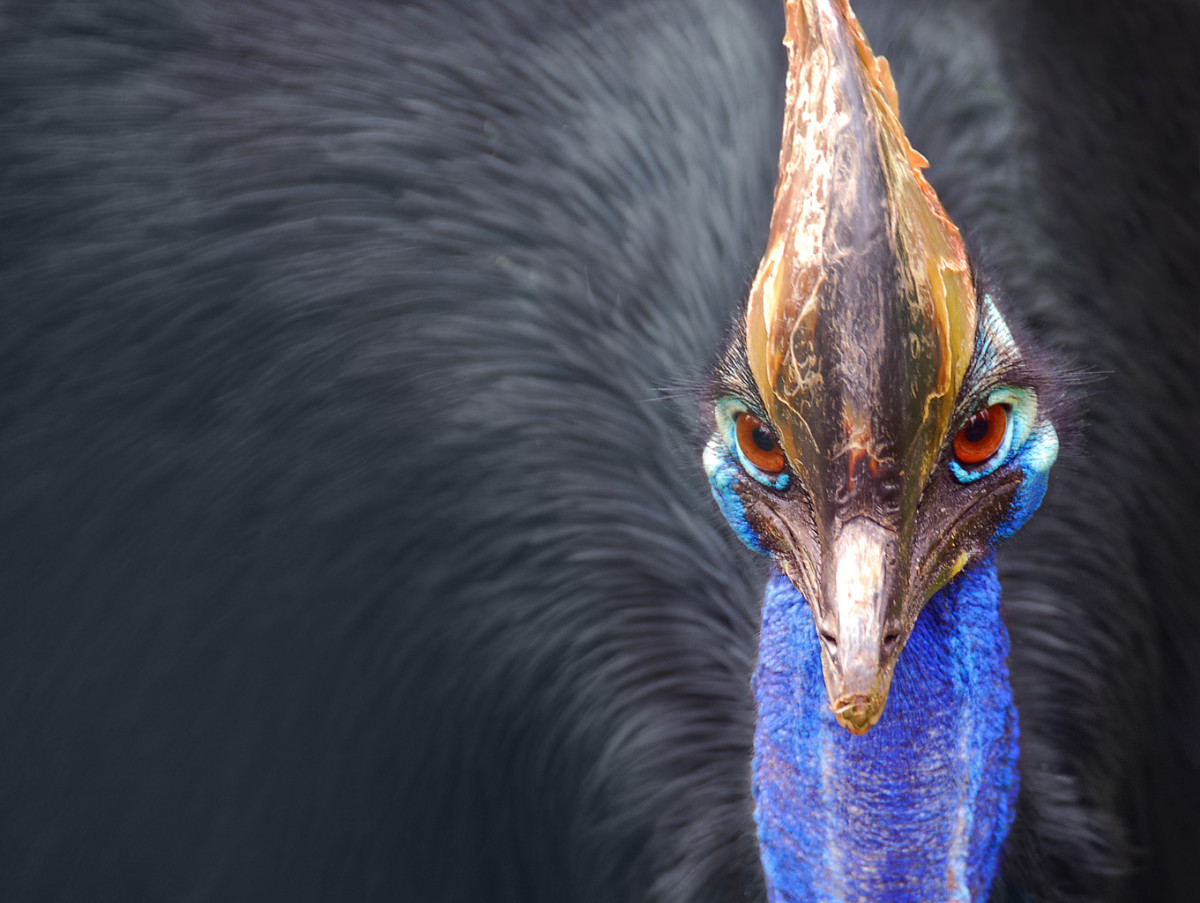Have you ever seen a Numbat? What about a Tasmanian Devil or Western Quoll? If you have, you’re very, very lucky! Over the last year I have visited the last populations of some of Australia’s most endangered plants and animals. These are species that were once widespread and abundant, some of which were backyard pests to European settlers, but are now found only with the help of scientists and specialists in the field.
Join me to help save FAME's identified 2019 Top Ten Endangered Species? We are ready to take direct action and we need your support. Please make a tax-deductible donation today.
DONATE NOW
The Numbat was once found in Victoria, New South Wales and Western Australia. Now they are making their last stand in the wild in one last location in the wheatbelt of southern Western Australia. Only a small number remain in the wild; some say it’s less than 1,000. The Western Quoll was once found across 70% of the Australian continent. There must have been hundreds of thousands of them,but today free-living Western Quolls are also confined only to the south-western corner of Western Australia and the Ikara-Flinders Ranges in South Australia. FAME was instrumental in re-establishing the latter population after 100 years of regional extinction.These species face amajor extinction threat that we have not managed well.
The Eastern Bettong has been extinct on mainland Australia since the 1920’s, the Long-nosed Potoroo and Southern Brown Bandicoot are heading that way and are regionally extinct in large parts of their former range. There are estimated to be less than 500 Kangaroo Island Dunnarts left. They are all threatened with extinction through predation and, as usual, feral predators are a key problem.
Other iconic Australian species are on the brink including the Southern Cassowary, reduced to an estimated 4,500 through the loss of its tropical rainforest habitat. Saddest of all, if that’s possible, is the Tasmanian Devil. A horrible contagious cancer is decimating their numbers and threatens the survival of one of our most iconic animals.
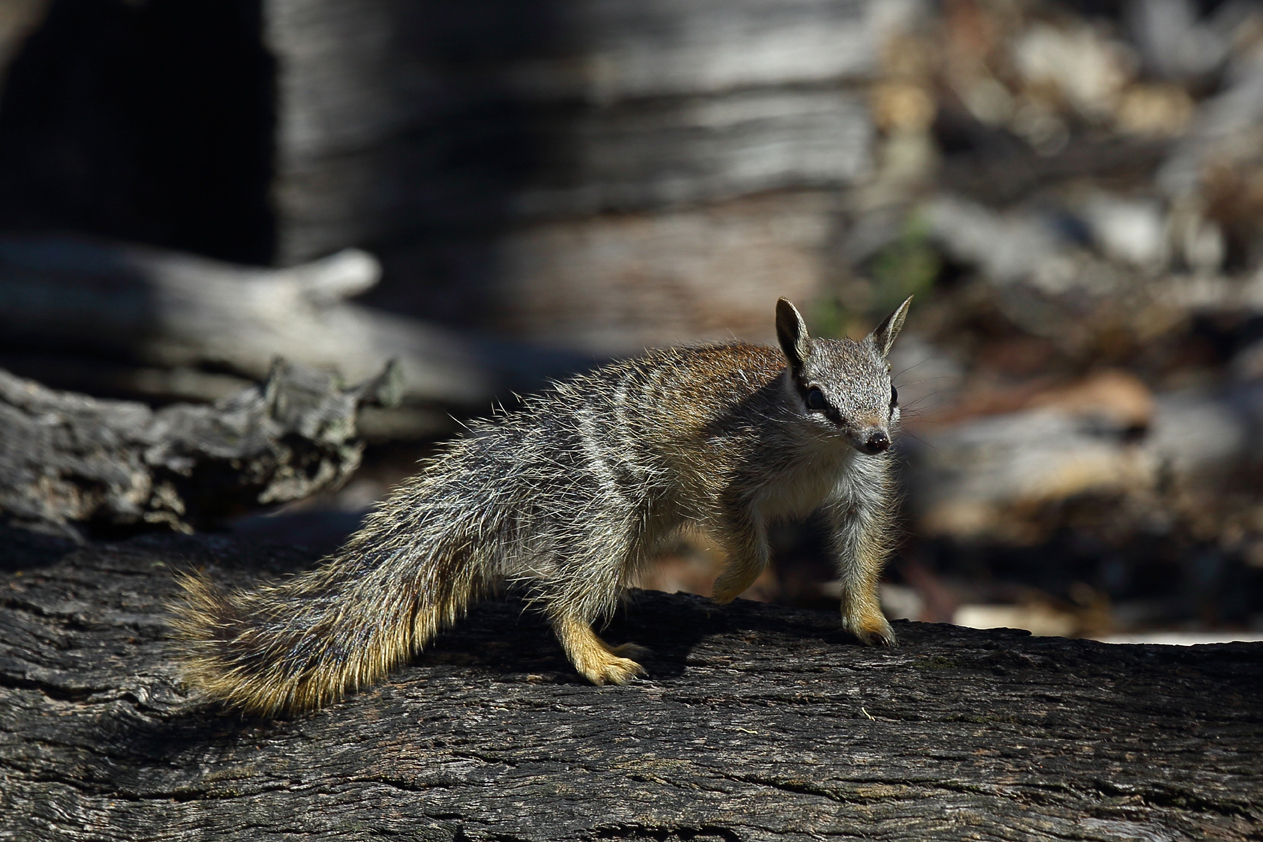 Many of our unique Australian plants are in the same situation. The Tall Astelia is now known from only a small number of sites in Victoria. The Bulberin Nut, a species of Macadamia, has only 90 individual trees remaining. Impacted by wildfires and past land clearing, they are only just holding on.
Many of our unique Australian plants are in the same situation. The Tall Astelia is now known from only a small number of sites in Victoria. The Bulberin Nut, a species of Macadamia, has only 90 individual trees remaining. Impacted by wildfires and past land clearing, they are only just holding on.
To deliver on our vision to prevent further extinction of Australia’s endangered flora and fauna, FAME has committed to projects that ensure these ten endangered species can be given a greater chance of survival, if we act today.
Will you help to save FAME's identified 2019 Top Ten Endangered Species? We are ready to take direct action and we need your support. Please make a tax-deductible donation today.
DONATE NOW
I’ve travelled the length and breadth of our country, first to the southwest of Western Australia to see how Numbats can be protected by specially-trained detector dogs that identify feral cats and enable their removal. Then to the Ikara-Flinders Ranges in South Australia where numerous feral-management tools are being used to identify and remove feral cats, in this case to protect Western Quolls.
In the Daintree Rainforest in Far North Queensland, I checked on preparations to plant 5,000 trees to restore habitat for the giant and prehistoric-looking Southern Cassowary and in Central Queensland I saw how we are ready to support the creation of two additional populations of the Bulberin Nut.
At Barrington Tops in NSW, Eastern Bettongs, Long-nosed Potoroos and Southern Brown Bandicoots will be protected behind predator-proof fencing. This is also the location where we are supporting a growing population of cancer-free Tasmanian Devils.
On my visit to Victoria I reviewed preparations to propagate and establish new populations of the Tall Astelia, a little-known beautiful perennial plant with yellow seeds which is found deep in the Otway Ranges.
These projects are targeting ten species, the ones we know we can revive through implementation of science-based recovery plans.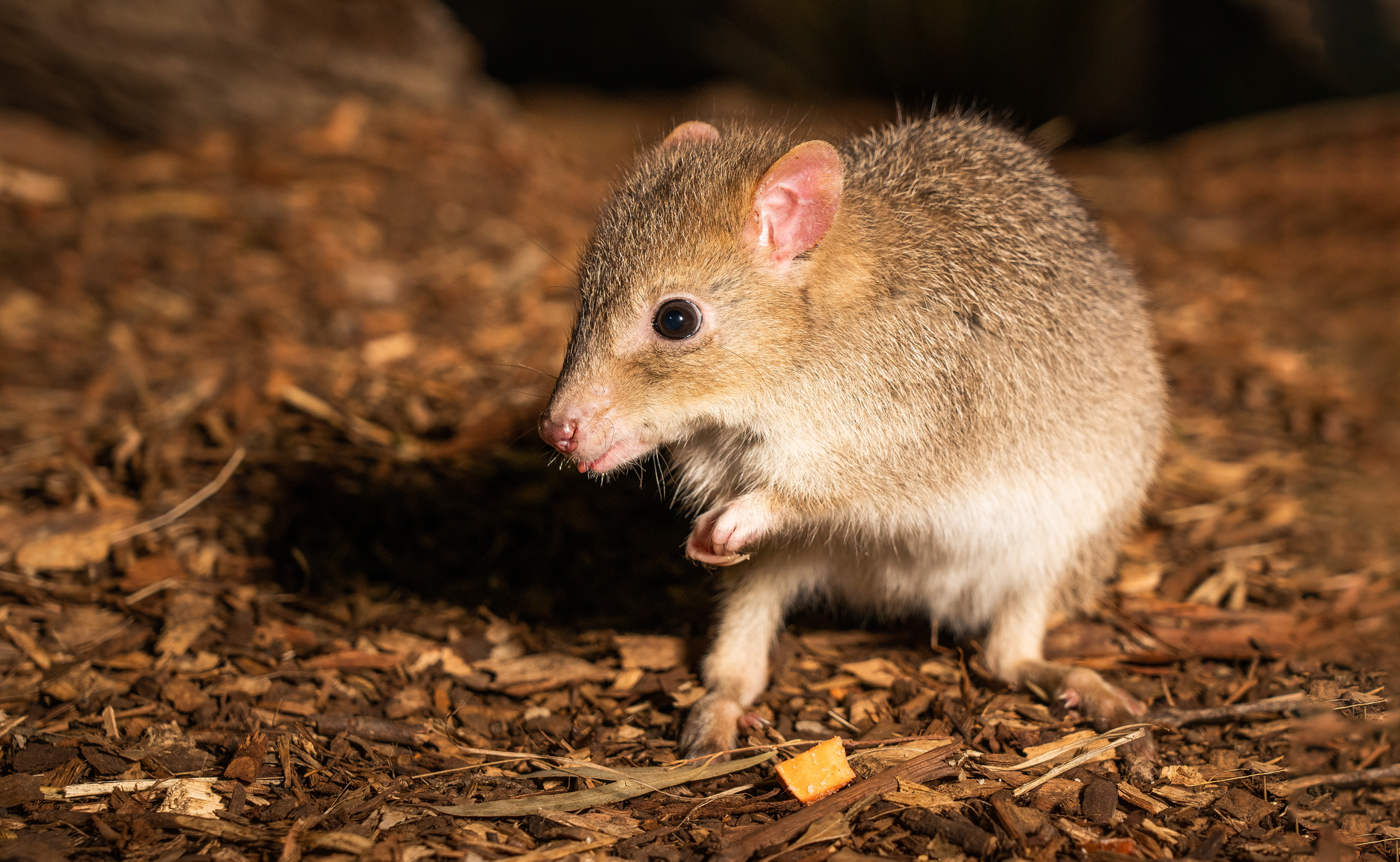 To ensure these vitally-important recovery plans are implemented I need to raise $254,800. This will ensure the projects for these ten endangered species are implemented in the first six months of 2019.
To ensure these vitally-important recovery plans are implemented I need to raise $254,800. This will ensure the projects for these ten endangered species are implemented in the first six months of 2019.
Join me to help save FAME's identified 2019 Top Ten Endangered Species? We are ready to take direct action and we need your support. Please make a tax-deductible donation today.
DONATE NOW
We can’t allow the extinction of any more Australian plants and animals and that’s why it’s vitally important we ensure strong plans are in place, with accountability and ability to implement those plans.
It’s FAME’s policy never to invest our donors’ money without a rigorous review of project planning and the applicants’ capacity to implement those plans successfully. All projects are based on science and are assessed by FAME’s Conservation Committee. This is preceded by site inspections to confirm these projects will deliver positive conservation outcomes for our endangered species and for you, our donors, and our children and grandchildren.
Actions based on science, and that implement best practice solutions are vitally important. That’s why FAME has a Conservation Committee of biologists, led by Dr Fred Ford who is joined by Bruce Jackson and Dr Madelon Willemsen. The Committee reviews all proposed projects and reports to the Board with its recommendations.
For FAME’s 2019 Top Ten Endangered Species, there is hope and I know together we can achieve the difference between seeing them survive and thrive and what will be, if we fail to act, their certain extinction.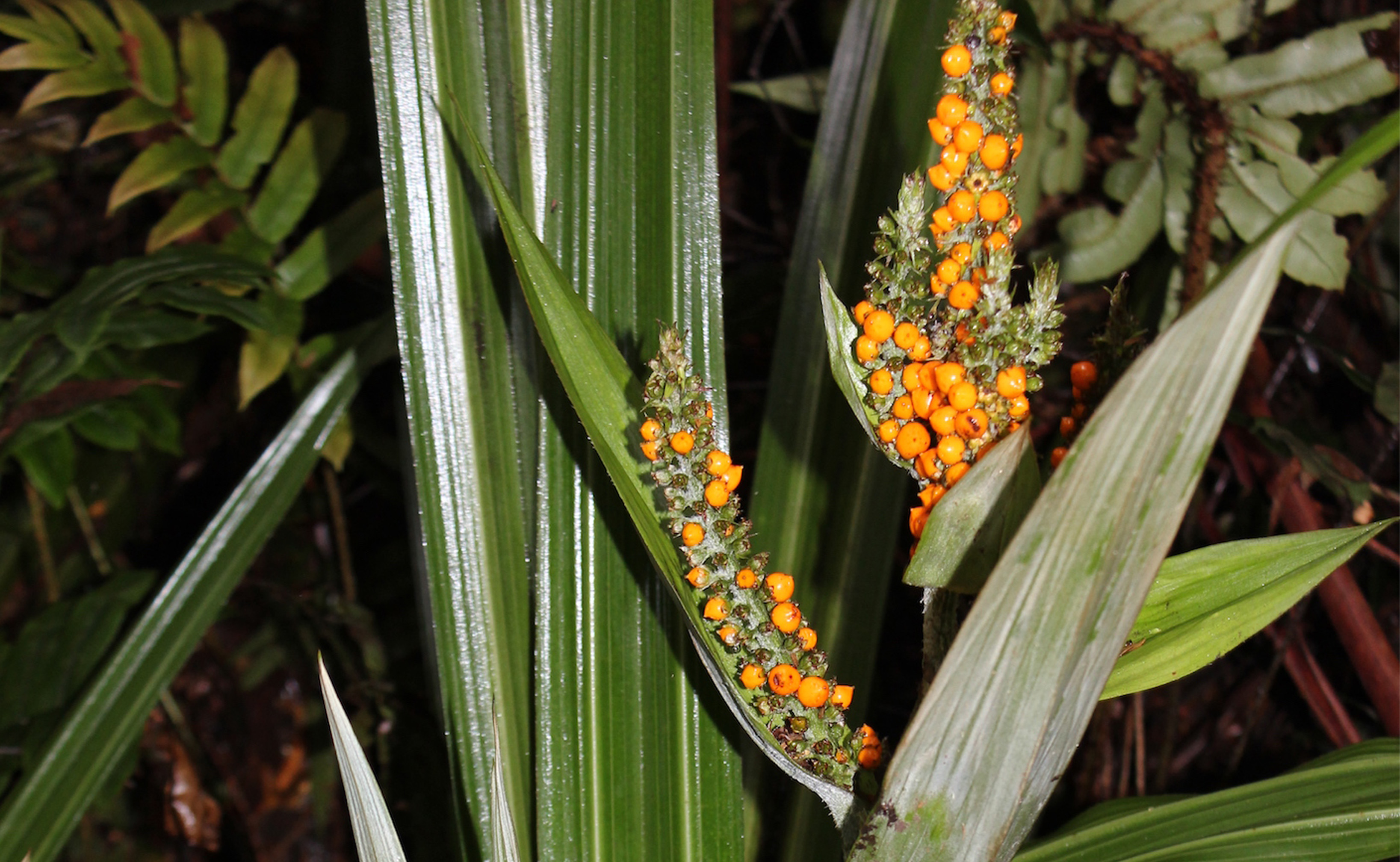 I acknowledge it’s easy to feel despondent. Environmental crises are often aired in the media; however, successful recovery of our endangered plants and animals is possible. Often it’s simple, practical actions that will save the day.
I acknowledge it’s easy to feel despondent. Environmental crises are often aired in the media; however, successful recovery of our endangered plants and animals is possible. Often it’s simple, practical actions that will save the day.
Through implementing the recovery actions for FAME’s 2019 Top Ten Endangered Species Projects, we can make a difference. All they need, is your support. Please join me in making a tax-deductible donation today.
With my very best wishes
Tracy McNamara
Chief Executive Officer
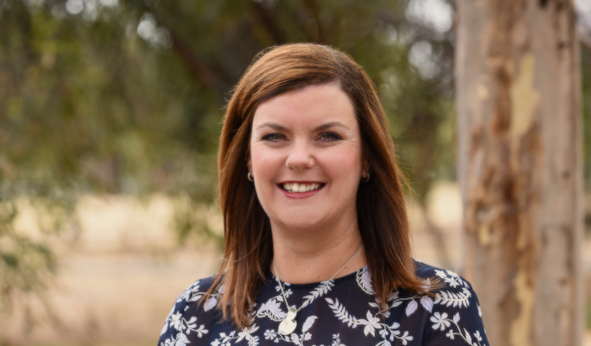
Photo credit for Cassowary: Paul IJsendoorn
